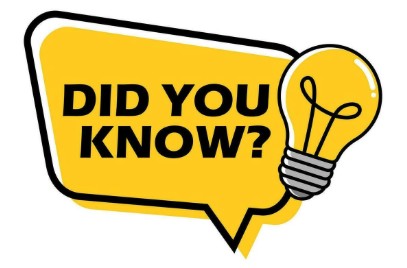GLCC School offers surprising insights

Things we didn’t know before that we learned this year in school (GLCCSchool, that is):
1. The Big Red Button (DSC) – is yours really working?
One of the many technical information gems that Christian Sandvig presented in his Marine Communications: How to Talk on a Marine Radio class, is the requirement of two steps to enable DSC on VHF radios. Owning a VHF radio equipped with DSC doesn’t mean that the DSC “big red button” is enabled. Look at your VHF radio. Does it show lat and long? Does it show GPS connection? If so, you are all set and the DSC button is enabled.
If, however, both these items don’t appear, then the DSC button won’t function correctly or be totally disabled. Here’s how to fix it:
Step 1 - Does the VHF show lat and long? If not, you need to enter your MMSI number. The DSC button will not work.
Step 2 – Does the VHF show a GPS connection? If not, you need to connect the radio to your GPS using NMEA. Here is link to the USCG Marine Safety Alert with instructions: https://www.dco.uscg.mil/Portals/9/DCO Documents/5p/MSIB/2020/MSIB-20-20-Change-1.pdf.
In addition to always monitoring CH 16 while underway, the USCG and SAR agencies highly recommend that you keep your VHF radio ON while at anchor so you can receive DSC alarms. At night, the radio’s volume can be lowered to barely audible, as VHF radios are programmed to override the volume control when a DSC alarm is received. Specifically, the DSC alarm will begin at a low volume and continue to increase in volume until it is acknowledged by your vessel.
It’s always a good idea to review your VHF’s manual (along with your other manuals) to learn more about all the unique features of your specific equipment.
2. Trent Severn Waterway Locks – going old school!
The presentation by Eric Sunstrum and Charlie Ellins about Cruising the Beautiful Trent Severn Waterway provided lots of jaw-dropping visuals and some keen insights. For example, did you know that the Trent Severn lock masters don’t monitor the VHF radio? The whole operation is done visually. VHF calls to the locks go unanswered.
Also, the hydraulic lift lock at Peterborough is well known as the largest and highest lift lock in the world. Did you know it uses almost no electrical power? Raising the massive tubs is all done through the hydraulic pressure differential between the heavier upper tub that is moving down and the lower tub that is moving up. The upper tub is heavier because it takes in an extra 15-20 cm of water at the top when the gates are opened.
3. Know you Diesel
Jim Zima’s 4-part Diesel series is a perennial favorite with students. Here are some great insights from that series:
a. After changing your fuel filters and bleeding the lines, secure your boat to the dock, put the engine in gear, increase the RPM and let the engine run under load for 10 minutes or so. If there’s an air bubble in your fuel lines, you’ll never know by just letting the engine run at idle and you will have a nasty surprise when you are out on the lake.
b. Different engines have different names for their service manuals and any given engine will likely have more than one kind of service manual. For example, a Volvo-Penta Operator’s Manual gives you the essentials, while its Workshop Manual gives you great detail. The Operator’s Manual may be all you need if the yard does all of your engine work and you just need to understand the bare minimum for emergency situations. If you are more of a DIY person, the more detailed Workshop Manual may be the right choice.
4. What to do when there is TOO much solar power
Tom Trimmer’s presentation on Solar Power Systems and LiFePO4 Batteries explained how to use excess power generated by your system. With a properly sized battery bank and solar power system, batteries will likely be fully charged on a sunny day by mid-afternoon. For the rest of the day, your solar panels are still collecting energy, but that energy is wasted if there is no demand for this free power.
If you are monitoring your batteries carefully, you will know when they are fully charged. That is a golden opportunity to use the excess power to enjoy those small luxuries aboard your boat. Run your icemaker if you have one. Recharge your portable drill. Charge up your computer. Run your water maker if you are in salt water. Use your washdown pump to clean the deck. Boaters are usually parsimonious in their use of power, but free power is something that’s too good to waste!
These are just a few examples of insights provided to our GLCCSchool participants. There are many, many other examples of unique insights provided during the webinars, which are free to GLCC members. All webinars are recorded and can be accessed anytime. Check them out here and find out what you may have missed.

